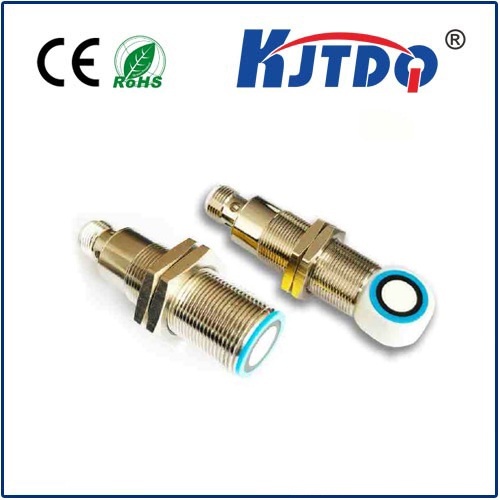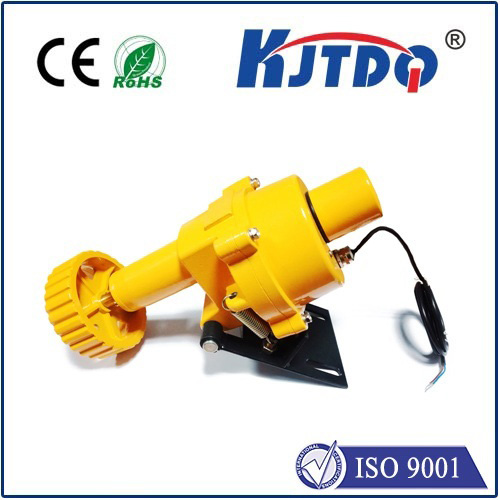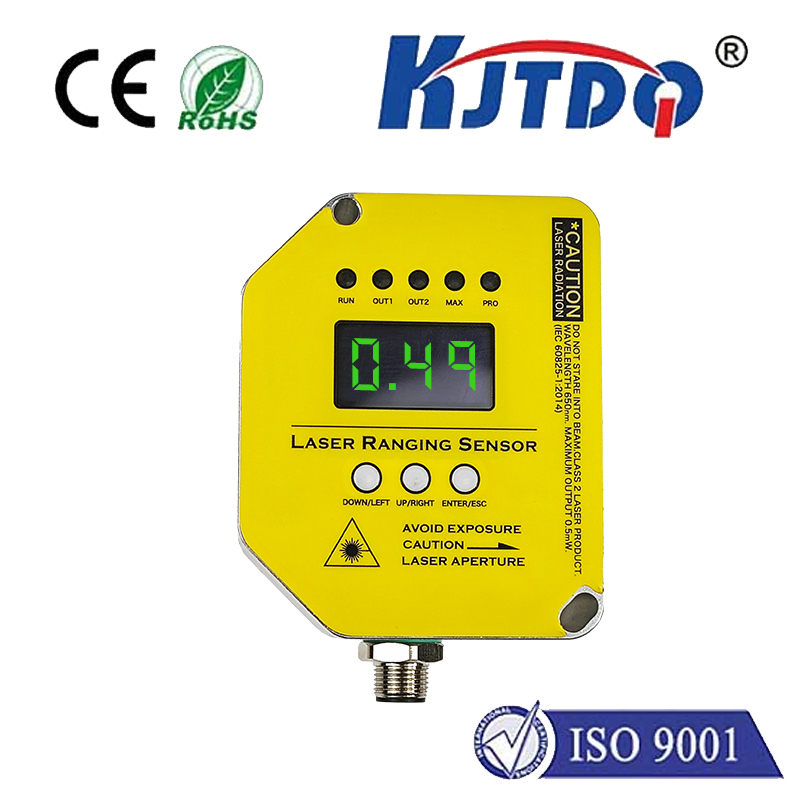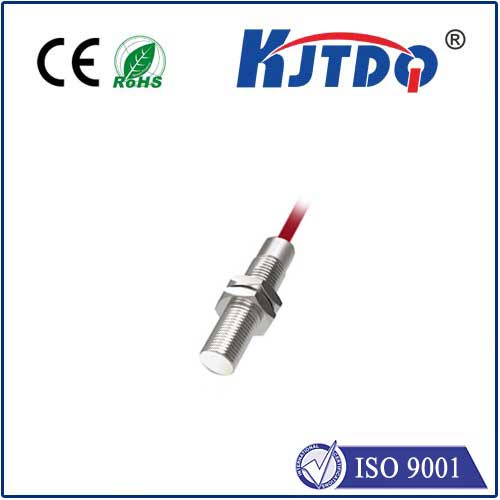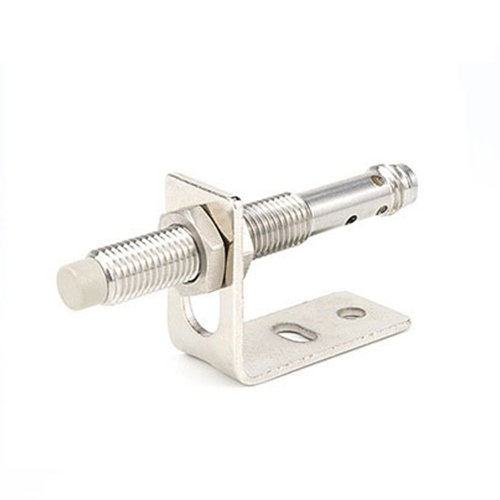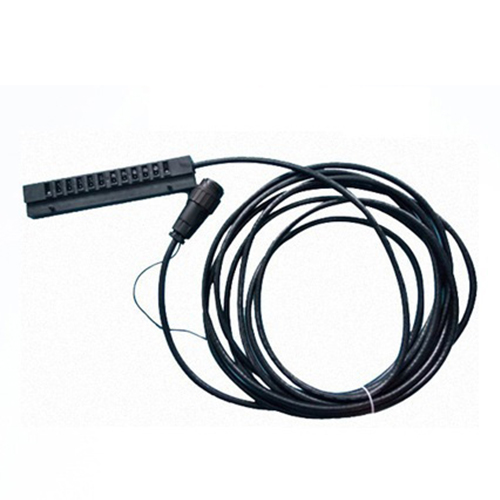laser proximity sensor
- time:2025-09-11 03:47:04
- Click:0
Laser Proximity Sensors: The Unseen Guardians of Precision and Safety
Imagine a robotic arm assembling intricate electronics, needing to know exactly where the next component is without touching it. Picture high-speed packaging lines where products whizz by, requiring flawless detection to avoid costly jams or damage. Envision heavy machinery operating in tight spaces, demanding fail-safe awareness of nearby obstacles. In these critical moments and countless others, laser proximity sensors are the silent, indispensable workhorses, enabling modern automation with unparalleled precision and reliability.
Unlike their mechanical switch predecessors that require physical contact or older photoelectric sensors relying on reflected light intensity, laser proximity sensors utilize focused beams of coherent light – lasers – for highly accurate, non-contact distance measurement and object detection. Their core function is simple yet profound: determine the presence or absence of a target, and often its precise distance, without ever making contact. This fundamental capability unlocks a world of efficiency, safety, and quality control across diverse industries.

How Do They Achieve This Precision? Most laser proximity sensors operate on one of two primary principles:
- Time-of-Flight (ToF): The sensor emits a short laser pulse and precisely measures the time it takes for the reflection to return. Since the speed of light is constant, calculating distance becomes a direct function of time:
Distance = (Speed of Light × Time of Flight) / 2. This method excels at longer ranges, often several meters, making it ideal for applications like vehicle detection, large object positioning, or level monitoring in bulk material handling.
- Triangulation: A laser diode projects a focused spot onto the target. The reflected light is captured by a receiver lens at a known angle relative to the emitter. As the target moves closer or further, the position of the reflected spot shifts across the receiver element (like a Position-Sensitive Device - PSD). The sensor calculates the distance based on this geometric shift. Triangulation sensors are renowned for their extremely high resolution and accuracy, often down to micrometers or sub-millimeter levels, perfect for precision assembly, thickness measurement, or detecting minute position changes.
Why Choose Laser Over Other Sensor Types? Laser proximity sensors offer a compelling set of advantages:
- Exceptional Accuracy and Resolution: Their focused beam allows for pinpoint targeting and distance measurement far surpassing ultrasonic or diffuse-reflective photoelectric sensors.
- Small Spot Size: The highly collimated laser beam enables detection of very small objects, measurements on specific features, and operation in tight spaces where larger sensor heads wouldn’t fit.
- Long Sensing Ranges: ToF-based lasers can reliably detect objects meters away, a range difficult for many other proximity technologies.
- High Speed Response: Laser sensors react incredibly quickly to target presence or absence, making them suitable for very high-speed production lines and robotics.
- Reduced Sensitivity to Target Properties: While not immune to all variations, laser sensors generally handle changes in target color, reflectivity, or surface finish (within reason) better than standard photoelectric sensors. Specialized models can even detect transparent or dark objects more effectively.
- Non-Contact Operation: Eliminates wear and tear on both the sensor and the target, ensuring long-term reliability and preventing damage to delicate objects.
Where Do Laser Proximity Sensors Shine? Their unique capabilities make them ubiquitous in demanding environments:
- Industrial Automation & Robotics: Precise positioning of robot arms, end effectors, and workpieces; verifying part presence, orientation, or completeness on assembly lines; controlling robotic welding paths and seam tracking. Monitoring fill levels in containers or silos.
- Packaging & Material Handling: Detecting package presence on high-speed conveyors, ensuring case sealing integrity, counting items, precisely positioning labels. Guiding AGVs (Automated Guided Vehicles) and detecting obstacles with ToF sensors.
- Semiconductor & Electronics Manufacturing: Handling delicate wafers and components; measuring minute distances during assembly; inspecting surface flatness or component placement accuracy.
- Automotive Manufacturing: Verifying door gaps and panel alignments with extreme precision; robot guidance during welding and painting; detecting parts on moving pallets.
- Process Control & Metrology: Measuring thickness of materials like paper, film, or glass; monitoring roll diameter; precise position feedback in CNC machining and coordinate measuring machines (CMMs).
- Safety & Access Control: Creating non-contact safety light curtains for machinery, detecting obstructions near automated doors or elevators.
Key Considerations When Selecting a Laser Proximity Sensor: Choosing the right sensor is crucial. Important factors include:
- Required Measurement Range: From millimeters to tens of meters – select based on your application’s specific needs.
- Necessary Accuracy & Resolution: Determine the minimal acceptable tolerance for distance measurement or detection certainty.
- Target Properties: Consider the material’s color, reflectivity, transparency, surface texture, and size. Can the sensor reliably detect it? Some sensors offer background suppression features to ignore surfaces behind the target.
- Environmental Conditions: Assess ambient light levels, temperature extremes, presence of dust, moisture, or vibration. Industrial-rated housings (IP67/IP69K) are common.
- Output Type & Connectivity: Common outputs include analog (4-20mA, 0-10V for distance) and digital (PNP/NPN, Push-Pull for discrete presence). IO-Link integration is increasingly popular for enhanced diagnostics and configuration.
- Beam Type & Optics: Visible red lasers are common and easy to align; infrared lasers are less affected by ambient light. Some sensors offer options for line lasers instead of spots for level sensing.
Laser proximity sensors are far more than simple “on/off” detectors. They are sophisticated instruments providing critical dimensional data with remarkable speed and exactitude. Their ability to deliver precise, non-contact feedback empowers engineers to build smarter, faster, safer, and more reliable automated systems. From ensuring a car door fits perfectly to guaranteeing a pharmaceutical vial is filled correctly, these focused beams of light play a vital, often unseen, role in shaping the efficiency and quality of the manufactured world around us.






